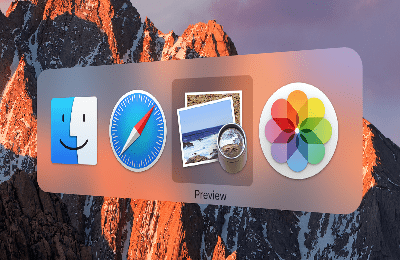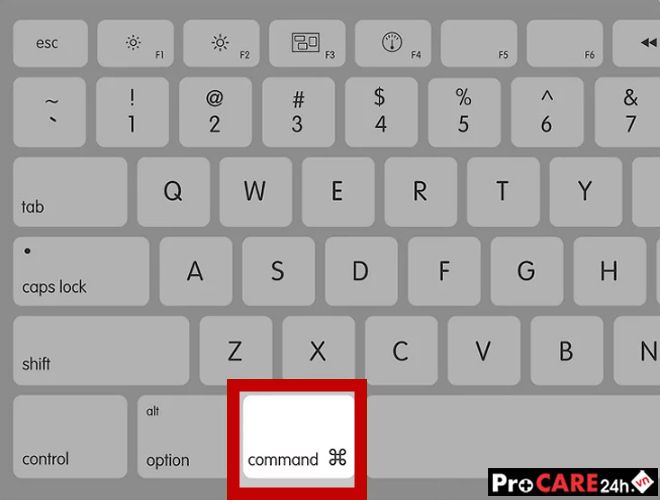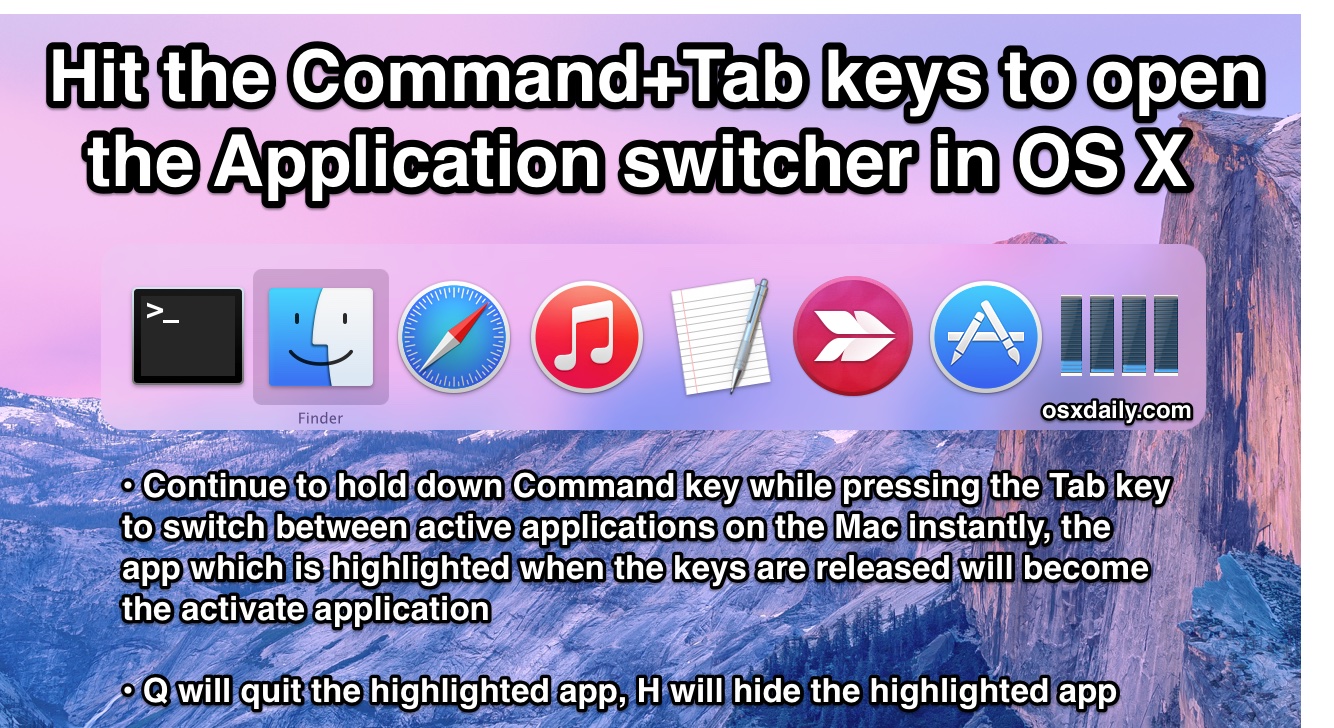

- #Mac command tab how to
- #Mac command tab full
- #Mac command tab mac
- #Mac command tab windows
Command-D: Duplicate the selected files. To log out immediately without confirming, press Option-Shift-Command-Q. Shift-Command-Q: Log out of your macOS user account. Control-Command-Q: Immediately lock your screen. If any open documents have unsaved changes, you will be asked whether you want to save them. 
Control–Option–Command–Power button* or Control–Option–Command–Media Eject : Quit all apps, then shut down your Mac.
 Control–Command–Media Eject : Quit all apps, then restart your Mac.
Control–Command–Media Eject : Quit all apps, then restart your Mac. #Mac command tab mac
Control–Command–Power button:* Force your Mac to restart, without prompting to save any open and unsaved documents. Control–Power button* or Control–Media Eject : Display a dialog asking whether you want to restart, sleep, or shut down. Control–Shift–Power button* or Control–Shift–Media Eject : Put your displays to sleep. Option–Command–Power button* or Option–Command–Media Eject : Put your Mac to sleep. Power button: Press to turn on your Mac or wake it from sleep. Press and hold for 1.5 seconds to put your Mac to sleep.* Continue holding to force your Mac to turn off. This helps you to avoid using them unintentionally. You might need to press and hold some of these shortcuts for slightly longer than other shortcuts. Command-Comma (,): Open preferences for the front app. Shift-Command-N: Create a new folder in the Finder. Or use Shift-Command-3 or Shift-Command-4 for screenshots. Shift-Command-5: In macOS Mojave or later, take a screenshot or make a screen recording. Command-Tab: Switch to the next most recently used app among your open apps. Space bar: Use Quick Look to preview the selected item. #Mac command tab full
Control-Command-F: Use the app in full screen, if supported by the app. Control–Command–Space bar: Show the Character Viewer, from which you can choose emoji and other symbols. #Mac command tab how to
Learn how to change a conflicting keyboard shortcut.) (If you use multiple input sources to type in different languages, these shortcuts change input sources instead of showing Spotlight. To perform a Spotlight search from a Finder window, press Command–Option–Space bar. Command–Space bar: Show or hide the Spotlight search field.
#Mac command tab windows
To close all windows of the app, press Option-Command-W.
Command-O: Open the selected item, or open a dialog to select a file to open. To minimize all windows of the front app, press Option-Command-M. Command-M: Minimize the front window to the Dock. To view the front app but hide all other apps, press Option-Command-H. Command-H: Hide the windows of the front app. To find the previous occurrence, press Shift-Command-G. Command-G: Find Again: Find the next occurrence of the item previously found. Command-F: Find items in a document or open a Find window. In some apps, you can undo and redo multiple commands. You can then press Shift-Command-Z to Redo, reversing the undo command. Command-V: Paste the contents of the Clipboard into the current document or app. Command-C: Copy the selected item to the Clipboard. Command-X: Cut the selected item and copy it to the Clipboard. 
This is similar to a long-time macOS feature called Exposé or Mission Control. If you press Command+Tab, highlight an app’s icon, then push the up or down arrow, you will launch a mode that shows thumbnails of all that app’s open windows on the screen. There are other things you can do with the Command+Tab switcher. Exposing Open Window Thumbnails with Command+Tab Once you’ve highlighted the app you want to switch to, release Command+Tab and the app will be brought into the foreground. Or you can press Command+Tab and use the left- and right-arrow keys to select an app. You can also hold down Command+Shift and tap “Tab” to move the selection cursor in the opposite direction-from right to left. If you hold the Cmd key down while tapping the Tab key, the cursor will move between the icons from left to right. A row of app icons will appear in the center of your screen. If you’d like to quickly switch between open apps on a Mac, press Command+Tab. This feature has been in Windows since Windows 2.0 in 1987, and macOS has a similar shortcut. In the world of Windows, many users are familiar with a feature often called “Task Switcher” that allows you to quickly switch between open applications by pressing Alt+Tab.








 0 kommentar(er)
0 kommentar(er)
